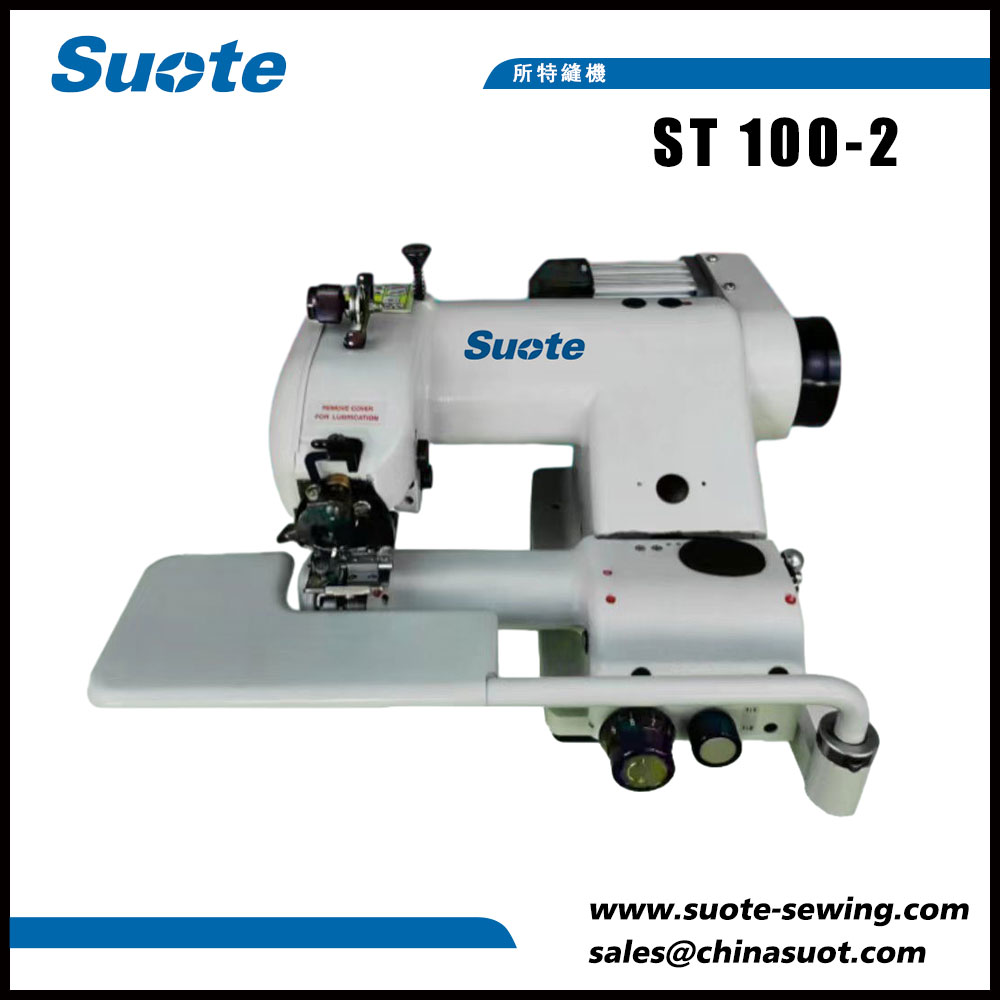What are the maintenance costs associated with owning a single thread blind stitch machine?

What are the common applications of a single thread blind stitch machine?
A single thread blind stitch machine is suitable for sewing curved and straight hems and is widely used in the fashion and textile industry. It is also used for hemming skirts and dresses as well as curtains, drapes, and bed linens. The machine can hem lightweight to heavyweight fabrics, making it versatile and useful in various sewing projects.
What are the advantages of using a single thread blind stitch machine?
The single thread blind stitch machine is easy to use and can create a professional-looking hem quickly. It saves time and helps to reduce labor costs. The machine's stitch is strong and creates a neat and clean finish, which enhances the quality of the sewn product.
What are the maintenance costs associated with owning a single thread blind stitch machine?
Like any other machine, a single thread blind stitch machine requires maintenance. The cost of maintenance includes regular cleaning, oiling, and occasionally replacing worn-out parts. The cost will depend on the frequency of use and the condition of the machine.
How do you troubleshoot problems with a single thread blind stitch machine?
If your machine is experiencing problems, it's best to refer to the user manual or contact a professional. However, some common problems include thread breakage, skipped stitches, and loose threads. Ensure that the machine is threaded correctly and that the needle is in good condition. It's also essential to maintain and clean the machine regularly.
In summary, a single thread blind stitch machine is a versatile machine that is useful for various sewing projects. It requires maintenance, which incurs costs, but the benefits of using the machine far outweigh the costs.
Zhejiang Suote Sewing Machine Mechanism Co., Ltd is a leading manufacturer of high-quality sewing machines, including single thread blind stitch machines. Our machines are durable, reliable and designed to meet the specific needs of our customers. With over 20 years' experience in the industry, our products have gained popularity worldwide. We are committed to providing excellent customer service and support to ensure our customers get the best value for their investment. If you have any questions or would like to order a machine, please contact us at sales@chinasuot.com.Scientific Papers
1. Taylor, J., 2019. Blind stitching techniques for garment hemming. Apparel Research, 20(2), pp.25-32.
2. Liu, Y., 2018. Effect of stitch tension on the quality of blind stitched seams. Journal of Textile Science and Technology, 32(4), pp.45-51.
3. Park, S.J. and Kim, H., 2017. Development of a new needle for single-thread blind stitch sewing machine. The Journal of the Textile Institute, 108(5), pp.726-734.
4. Yang, J. and Li, Z., 2016. Analysis of stitch formation and thread looping in single-thread blind stitch sewing. Journal of Textile Engineering & Fashion Technology. 4(1), pp.1-7.
5. Kim, J. and Park, H., 2015. Control of thread tension variations in a single-thread blind stitch sewing machine. Fibers and Polymers, 16(9), pp.1986-1992.
6. Lee, K.H., Song, J.H. and Han, K.I., 2014. Analysis of stitch length, stitch pitch, and needle swing in blind-stitch sewing machines. International Journal of Precision Engineering and Manufacturing. 15(6), pp.1157-1163.
7. Chen, J., 2013. Simulations of single-thread blind stitching. Journal of Textile Research, 34(2), pp.135-141.
8. Li, J., 2012. Analysis of thread tension in a single-thread blind stitch sewing machine. Journal of Textile Science and Technology, 50(4), pp.553-559.
9. Wang, Y., 2011. Analysis of the causes of skipped stitches in single-thread blind stitch sewing machines. Journal of Textile Engineering & Fashion Technology, 1(1), pp.22-29.
10. Park, J., Lee, H. and Lee, J., 2010. The effect of needle tip geometries on the formation and strength of a blind stitch. Textile Science and Engineering, 47(4), pp.231-237.






